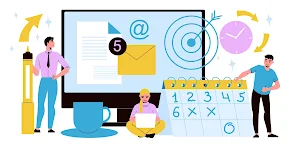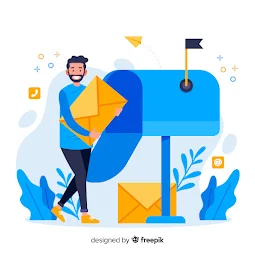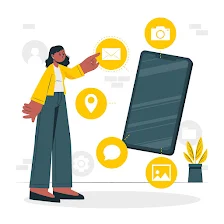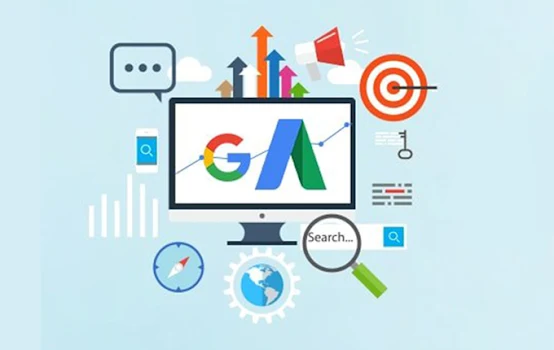In the dynamic landscape of online marketing, understanding and implementing the core principles of the 3E’s is crucial for developing an effective digital strategy. The 3E’s—Engagement, Exposure, and Evaluation are the fundamental elements that businesses should focus on to thrive in the digital environment.
What are the Digital Marketing Strategy 3E’s?
1. Engagement
Engagement refers to building a meaningful and relatable relationship with your audience. After capturing their attention, it is vital to retain their interest by making the content as engaging as possible. This can be achieved through various channels such as social media platforms, email campaigns, newsletters, webinars, or any content that encourages interaction with your brand.
The goal is to foster loyalty, trust, and influence customer actions. A deliberate effort to engage your audience enhances brand loyalty and can even lead to the spontaneous discovery of your unique selling proposition (USP).
How to effectively engage with your audience?
Consider exploring tools like Answer the Public, which provide insights into what people are searching for and questioning. By sharing valuable, educational, and entertaining content in response, you can increase interaction, generate comments, and possibly uncover your unique edge.
Facebook Strategy for Engagement:
Create Facebook Groups centered around the common interests of your target audience. Active participation and meaningful comments foster higher engagement levels.
2. Exposure
Exposure involves getting your brand or product noticed by the right audience. It’s about utilizing various media channels to build awareness and develop a strong digital presence. The ultimate objective is to enhance brand recognition and shape a positive perception of your offerings.
Patience is key:
Building trust takes time. It may take 18 months of consistent posting and engagement before gaining a substantial audience. Remember:
-
More value with fewer followers can build trust in the short term.
-
Less value with a larger audience may secure long-term trust.
3. Evaluation
Evaluation is the ongoing process of measuring the effectiveness of your communication strategies. Regular monitoring and analysis enable you to identify what works and what needs adjustment.
Metrics to monitor:
-
Engagement rates (likes, comments, shares)
-
Conversion rates
-
Video views and engagement (notably Facebook videos can generate up to 1800% more engagement)
-
Customer interactions via Messenger, which is now a vital customer service channel
Consistent evaluation allows for strategic improvements, ensuring your marketing efforts adapt to changes and deliver optimal results.
Additional Insights and Tools
Facebook Video Marketing
Video content is highly effective, with current data indicating that videos account for approximately 80% of all traffic. Creating compelling, entertaining videos at a cost of roughly 8–\9 per 1,000 views can significantly boost engagement.
Note: Offering transparency through pricing or giveaways can attract attention, though it requires a balanced approach to avoid potential business loss.
Messenger as Customer Service
Facebook Messenger acts as a direct communication channel where most customers prefer to inquire about products, often opting for messaging over calls, making it a vital touchpoint.
SEMrush Tool
Use tools like SEMrush’s Keyword Matching to discover what your target audience is searching for. Providing answers to these queries adds value, builds trust, and positions your brand as a knowledgeable leader.
Investment Recommendation:
Allocate at least 50–\100 weekly to paid campaigns. Consistency, patience, and high-quality creative content—especially videos—are the keys to success.
Conclusion
The principles underpinning an integrated digital marketing strategy are embodied by the 3E’s. When strategically exploited, these elements enhance the efficiency and effectiveness of your online marketing efforts. They serve as a practical framework for businesses aiming to develop a successful digital presence and achieve sustained growth in the digital age.



















